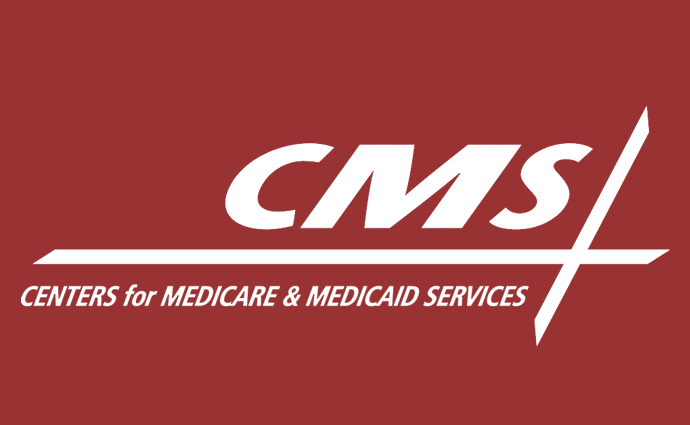CMS Commits to Modernizing Medicare Billing for Office Visits
The CMS Administrator recently stressed her agency’s commitment to updating Medicare billing processes for E/M office visits to reduce the administrative burden on clinicians.

Source: Xtelligent Healthcare Media
- Finalizing the consolidation of Medicare billing codes for evaluation and management (E/M) outpatient and office visits is the first step for CMS as the federal agency modernizes the payment structure for office visits, CMS Administrator Seema Verma recently told providers.
In a letter addressed to clinicians, the head of CMS explained that the federal agency is committed to reducing administration burden and the agency is setting its sights on office and outpatient visits.
“The current 1995/1997 E/M framework was built upon a model of clinical care involving complaint or symptom-based face-to-face encounters between a patient and a clinician. Since the 1990s, the nature of clinical work has evolved, including greater emphasis on patient-centered, collaborative models of care with clinical teams working together to manage chronic conditions,” she wrote.
“The intensity of this work, which often requires complex medical decision-making and care coordination, is not well represented in the current E/M framework,” she continued. “As a result, clinicians find themselves having to perform and document clinical activity that may be of only marginal relevance to the visit, but is required in order to receive the level of payment that their effort deserves.”
In effort to reduce the burden of E/M documentation and Medicare billing, CMS recently finalized a new payment structure for the outpatient and office visits.
The final 2019 Medicare Physician Fee Schedule (PFS) rule will collapse the Medicare billing codes for E/M outpatient/office visits Levels 2 through 4 into a single, blended code by 2021. The three codes being replaced represent the majority of outpatient/office visits with clinicians, Verma explained.
“This means that for the majority of visits, the required documentation related to payment will be limited to what is required for a level two visit,” she stated in the letter.
In 2021, the final rule will also implement several other Medicare billing updates for office visits, including:
- Maintaining a separate payment rate for the highest E/M outpatient/office visit level
- Introducing add-on codes that adjust payment rates upwards to account for the resource costs of furnishing certain non-procedure services
- Granting flexibility in how clinicians must document E/M visit levels 2 through 5, such as introducing the choice to use the current framework, medical decision-making, or time
“We acknowledge that there is a great deal of work to do to further modernize the payment structure for office/outpatient visits and associated documentation requirements. We are committed to getting this right in order to reflect the evolving nature of clinical practice, respect the work of physicians and other clinicians, and support the best experience of care for every patient,” Verma wrote.
Delaying implementation of the Medicare billing changes is a key component to getting it right, she added.
“A two-year delay for the payment and coding changes will give clinicians more time to integrate changes in workflow that may be required. In addition, the extra time will allow CMS to continue working with the clinician community on this effort,” she stated in the letter.
The delayed implementation of the new E/M payment structure is a major win for healthcare providers.
Healthcare industry leaders have not been shy about criticizing the collapsing of Medicare billing codes for E/M office visits. Prior to CMS finalizing the new payment structure, the American Hospital Association (AHA) said that the “proposal to collapse the payment rates for E/M visits devalues providers’ time, increasing the already heavy pressure they face to maximize the number of patients they see each day.”
The AMGA also argued the change in Medicare reimbursement would “very likely undermine care quality and coordination and cause disruption in physician workflow and referral patterns.”
The industry leaders still have concerns with the final Medicare billing structure. However, the groups are more optimistic that the delayed implementation will give providers the time needed to prepare for the change and for CMS to possibly refine the payment structure.
Industry groups also commended CMS for retaining the E/M visit Level 5 payment code, which was supposed to collapse along with the codes for Levels 2 through 4.
Overall, healthcare providers applauded CMS for reducing the documentation burden associated with billing Medicare for E/M outpatient/office visits.
“CMS is committed to reducing administrative burden. We need clinicians to be able to leverage their full skill set and provide high-quality patient care, instead of being consumed by paperwork,” the letter from Verma concluded. “We welcome your feedback and look forward to continuing engagement with clinicians to improve the framework through which we understand and value the care that they provide.”
